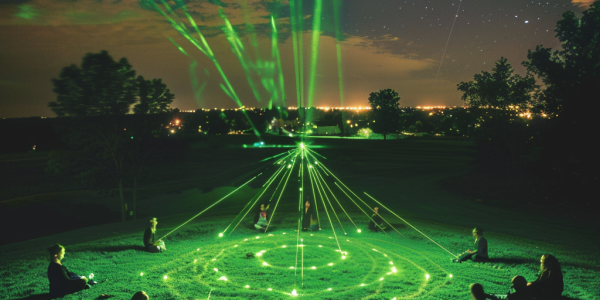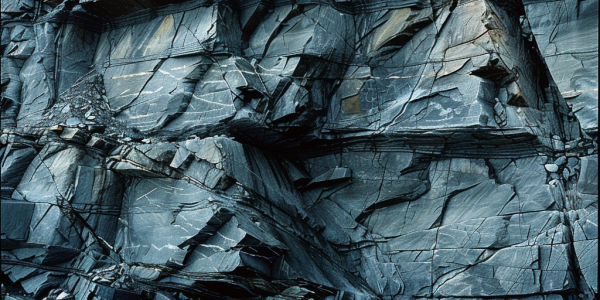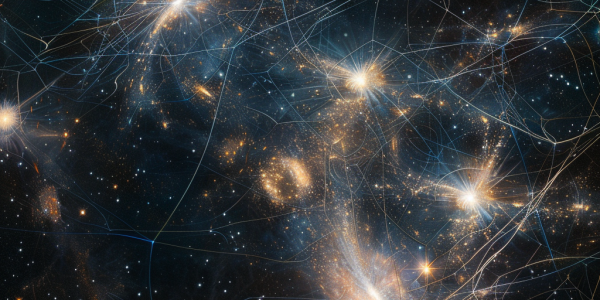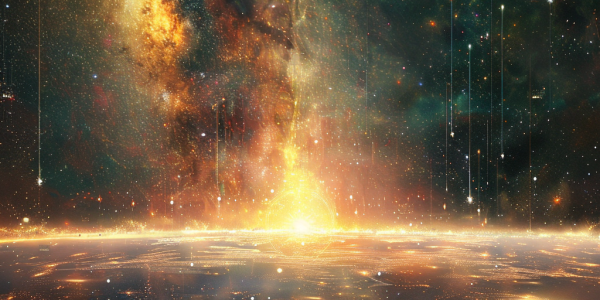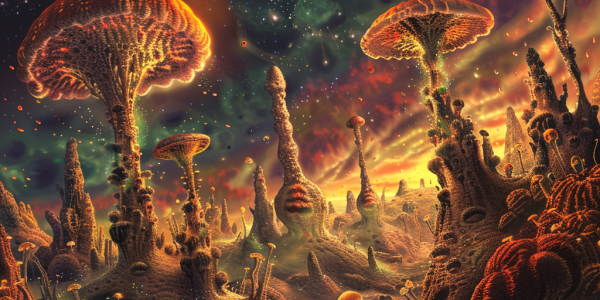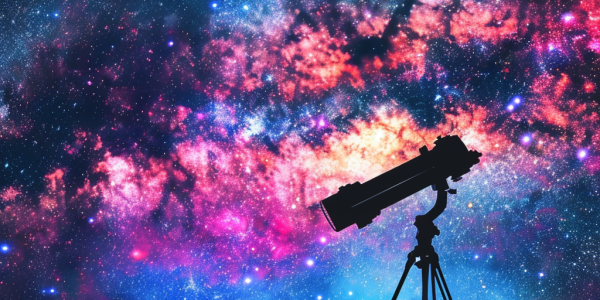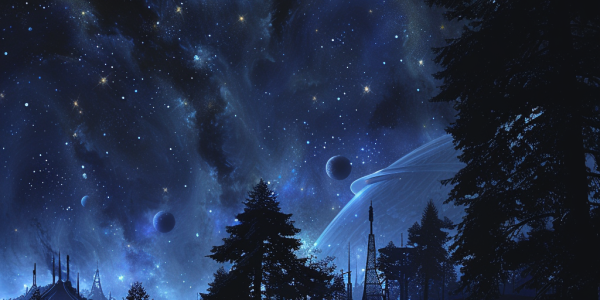Aaron Rodgers Plans ‘5E Experience’ to Connect with Extraterrestrials Amid NJ Drone Sightings
New Jersey is buzzing with mysterious drone sightings, captivating residents and even New York Jets quarterback Aaron Rodgers. During a recent segment on ‘The Pat McAfee Show,’ Rodgers expressed his intrigue and skepticism about the origins of these drones, suggesting they could be linked to extraterrestrial activity. He plans to host a ‘5E Experience’ to explore these mysteries further, blending meditation with the hope of contacting aliens. As the fascination with UFOs grows, Rodgers’ unique approach highlights a cultural shift in embracing the unknown.
NASA’s Habitable Worlds Observatory Aims to Uncover Inhabited Planets by 2050
NASA’s groundbreaking telescope, the Habitable Worlds Observatory (HWO), aims to uncover inhabited planets by 2050. Dr. Jessie Christiansen leads the charge in the search for extraterrestrial life, with 25 Earth-like planets already identified. With a $17.5 million investment, cutting-edge technologies will enhance the telescope’s capabilities, bringing us closer to unraveling the mysteries of the universe. ‘Super Hubble’ will enable direct imaging of Earth-size planets, analyzing their atmospheres for signs of life. Dr. Courtney Dressing envisions detecting various biosignatures, including technosignatures. Despite progress, the search for a rocky planet similar to Earth continues, but Dr. Christiansen remains hopeful for evidence of extraterrestrial life shortly after the telescope’s launch in 2040.
Reigniting Curiosity: Dyson Spheres and the Universe’s Missing Mass
Recent studies have reignited curiosity in Dyson spheres, massive theoretical structures that could harness the energy of stars. Could these spheres hold the key to unlocking the mystery of the universe’s missing mass? Despite skepticism, physicist Freeman Dyson’s idea continues to intrigue scientists, but the feasibility of complete Dyson spheres remains questionable. Exploring the enigma of missing mass in the universe, astronomers ponder the potential role of vast gas filaments bridging galaxies. While Dyson spheres may not solve this mystery, Dyson swarms or rings could offer a more practical avenue for investigation.
New Theory On Why We Are Alone In The Cosmos—Tectonic Plates
New research suggests that the presence of oceans, continents, and plate tectonics on Earth may be the reason for the lack of evidence of advanced extraterrestrial civilizations. Geoscientists from the University of Texas at Dallas and the Swiss Federal Institute of Technology propose a change to the Drake Equation, emphasizing the importance of plate tectonics in the emergence of intelligent life.
Scientists Discover Possible Dyson Spheres Around Seven Stars
Scientists have discovered possible Dyson spheres around seven stars, suggesting the presence of advanced alien megastructures. While some experts remain cautious, the search for extraterrestrial life continues to captivate researchers. The study of Dyson spheres offers intriguing insights into the potential existence of intelligent beings beyond Earth.
The Legacy of Dyson Spheres in the Search for Alien Life
Learn about the fascinating concept of Dyson spheres, proposed by physicist Freeman Dyson as a potential method to detect alien life in the universe. Discover how these hypothetical megastructures could emit detectable waste heat in the form of infrared radiation, sparking excitement within the scientific community. Explore the legacy of Dyson’s visionary idea and its impact on the search for extraterrestrial beings.
The Fascinating Diversity of Alien Life: Beyond the Conventional Depictions
The search for alien life is a captivating quest that has intrigued humanity for ages. Contrary to popular depictions, experts suggest that aliens, if they exist, may have diverse physiologies shaped by unique environmental conditions. From flying creatures on planets with dense atmospheres to subterranean organisms thriving underground, the potential for extraterrestrial life is far more complex and intriguing than seen in movies. Research even suggests that aliens exposed to extreme UV radiation could glow in vibrant hues as a protective adaptation. The exploration of distant worlds and their inhabitants remains a fascinating frontier for scientific inquiry.
Harvard Scientists Speculate on Hidden Civilization on Earth
Harvard scientists speculate on the existence of a hidden, technologically advanced civilization on Earth, suggesting that UFO sightings may actually be activities of intelligent beings living among us in human form. Despite skepticism, the researchers propose various possibilities, including ancient human civilizations and earthbound angels, for these cryptoterrestrials.
Debates Reignited: Recent Discoveries in Astronomy Spark Speculation on Extraterrestrial Life
Recent discoveries in astronomy have sparked debate about extraterrestrial life. Findings suggest stars in our galaxy may host advanced alien civilizations, with AI potentially playing a role in our failure to make contact. Theories range from Dyson spheres to gamma-ray bursts, highlighting the ongoing fascination with the possibility of life beyond Earth.
The Dark Forest Theory: Are Aliens Hiding from Us?
Explore the Dark Forest theory, which suggests that advanced alien civilizations may be intentionally hiding from us to avoid potential conflicts. While intriguing, experts caution against viewing this as the definitive solution to the Fermi paradox, highlighting the diversity of potential extraterrestrial behaviors. The quest for understanding extraterrestrial life remains a compelling enigma.

